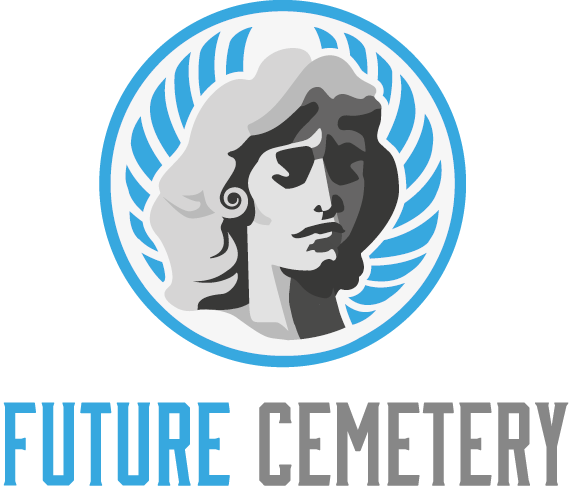The graveyard is a place where people are buried. People were buried at home or near their place of work prior to the invention of graveyards.
The word cemetery is a bit more sophisticated than graveyard. For example, a cemetery is often larger and may include graves from different faiths.
Origin
Graveyards have always held a fascination for humans as they serve as physical manifestations of societal traditions. From the grand mausoleums of the wealthy to the simple grave markers of the common folk, every cemetery tells a unique story about its people and their beliefs.
During the seventeenth and early eighteenth centuries, skulls and crossbones were commonly used on tombstone decorations as a memento mori. This tradition eventually morphed into cherubs which symbolised innocence. By the Victorian era, most headstones featured tranquil classical iconography.
The terms graveyard and cemetery are often interchangeable, and many experts agree that there is no need to distinguish between the two. However, there is a difference in the history of the two terms: cemetery came about as a word to describe burial sites that were outside of churchyards. It was a result of the need to create new burial grounds as churches and their churchyards became full. The term churchyard is still widely used to refer to the area around small country churches.
Function
While people do conflate the terms graveyard and cemetery in many places, the main difference between these two types of burial sites has to do with their associations with churches. A graveyard is always affiliated with a church and located on the church’s property. Cemeteries, on the other hand, are not associated with any particular church and are usually much larger than graveyards.
The biggest clue as to the difference between these types of burial grounds is in the name itself: “cemetery.” This tells us right away that this is a special area designated specifically for burials. It is not just a patch of ground that people happen to use because it is next to a church. This means that there has been a lot more planning involved than just digging holes and burying people when they die. That’s one of the reasons why these areas have so many rules to follow. It’s because there is a bigger purpose in this type of setting than just making money.
Design
The big clue is in the single word: cemetery. It implies that this is an area that has been designated specifically for burials. It isn’t some random patch of land that happened to be available next to a church, and it usually has lots of rules about what you can and cannot do there.
There are many different designs for headstones and other memorials. These can be traditional or more contemporary, depending on the preferences of the family. Some people choose to commemorate their loved ones with a grave marker that features an animal or a book, as these symbolize freedom and strength. Others prefer a simple design that highlights the life they lived.
Oftentimes, older graves in a cemetery may be forgotten and left unattended for decades. Re-using those graves is possible, but it requires that the cemetery authorities make public notice to any surviving descendants who might object to the practice. If no objections are received, then the grave can be re-used for new burials.
Maintenance
A graveyard is an area where the dead are buried. It is also known as a cemetery or burial ground, though the latter term is more commonly used to refer to an individual grave site on non-church-associated land.
Graveyards and cemeteries require regular maintenance to keep them in good condition. This includes removing windblown debris and litter, weeding the grass and surrounding areas, and resurfacing and repairing grave markers that have been damaged by weather or age.
Some people like to add personal touches to the gravesite such as flowers or other decorations. This can be a beautiful and meaningful way to honor the memory of a loved one. However, it is important to follow cemetery regulations regarding grave decorations to avoid any disturbances to the marker or headstone. The regular maintenance of a gravesite can help keep it clean and free from damage caused by weather, erosion, or salt. In addition, regular cleaning can reduce the risk of disintegration from water damage and evaporation.
